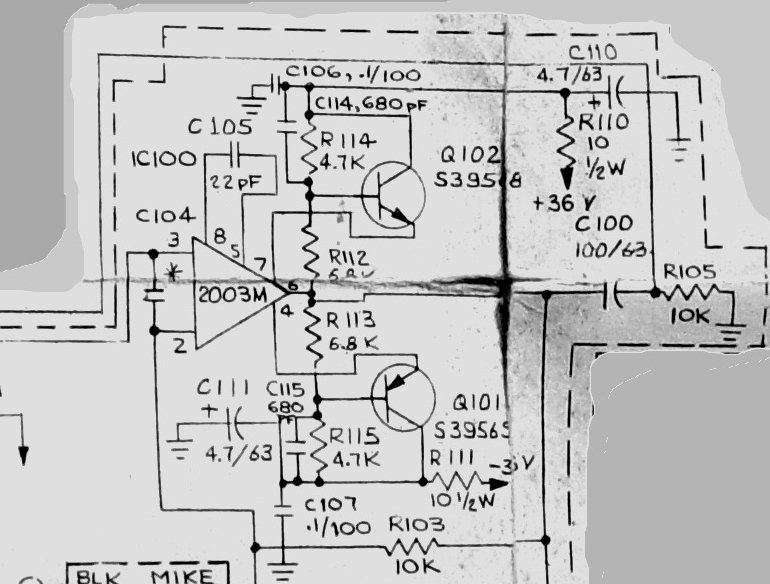"Hi-railing" the opamps can be used for "sag emulation" as well if a certain mod is performed ...
http://moosapotamus.net/IDEAS/F2B/alembic.htm
Replace the tubes with 2×IRF710. Sources must now have separate low negative rail (maybe from heaters), i.e. bottoms of catode resistors/caps go to negative rail.
(Or re-bias the gates.)
If it smokes, it's your expense ...
Let's see about that :twisted:Using heroic rail voltages seems to me to be the "last cheat"
http://moosapotamus.net/IDEAS/F2B/alembic.htm
Replace the tubes with 2×IRF710. Sources must now have separate low negative rail (maybe from heaters), i.e. bottoms of catode resistors/caps go to negative rail.
(Or re-bias the gates.)
If it smokes, it's your expense ...










![Soldering Iron Kit, 120W LED Digital Advanced Solder Iron Soldering Gun kit, 110V Welding Tools, Smart Temperature Control [356℉-932℉], Extra 5pcs Tips, Auto Sleep, Temp Calibration, Orange](https://m.media-amazon.com/images/I/51sFKu9SdeL._SL500_.jpg)























